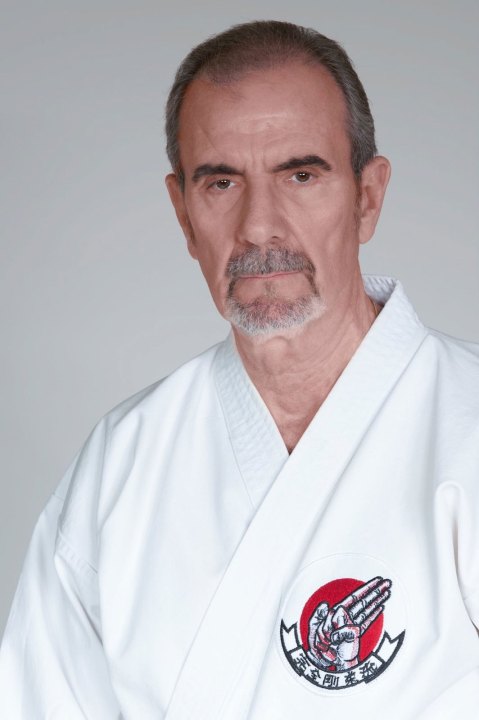Sometimes the simplest things can produce the most results. Sometimes the least expensive things can open up more doors than you ever thought was possible. Sometimes photography feels like magic. White backgrounds are such things.
Below, I will be sharing with you four individual ways that you can produce different results using a white background. There are many other things you can do with a background, but I hope that this inspires you to try some new things.
The white background
Before we dive in, let’s cover the basics on your white background. The background you use can be the least expensive part of the entire setup or the most. A popular solution is white seamless background paper from Savage. It’s affordable but can crinkle over time depending on how it’s stored. It also gets dirty easily from stepping on it and attracts dirt and dust from static. Savage also makes vinyl backgrounds and other manufacturers have similar options and materials. If you’re using background paper on a roll, be sure to clamp it in all the right places so it doesn’t unroll on you.
Westcott, Lastolite and other brands also have fabric pop-up backgrounds. These are fantastic for quick setup and breakdown, and usually open so tight that you don’t see wrinkles. The pop-up backgrounds are tricky when breaking down at first, so have a look at Levi’s tutorial.
No matter what you pick, the goal here is that the background starts as white, not an off-white, or neutral tone.

The first and most obvious thing you can do is to light it so it is a smooth white seamless background. Lighting a background can be done in multiple ways.
For example, you can use a background light fixed on a low light stand on the floor. Typically a modifier is used to narrow the light so it does not spread beyond the background. I’m a big fan of MagMod and its MagBounce for this task.
Another is to use a bounce umbrella with the black back facing your subject and the white umbrella facing the background. That will keep the light from spilling forward.
Leave it

Instead of lighting the white background, you could leave it be. By simply not putting light on a white background, and exposing for your illuminated subject, the white turns gray.
It’s a magical thing what light can do to color, but also magic how it can completely change the look and feel of a photograph.
I’ve had headshot clients who requested both white and gray backgrounds. Fortunately, it’s as simple as a power button to make that change.
If you use a TTL-based wireless lighting system, like the Godox AD600 Pro (check it out from B&H) then you can literally disable your background light at any given time through the remote trigger sitting on your camera.
Gel it

Next up is going back to lighting the white backgrounds. However, with some color. If you’re using a MagMod with MagBounce and gels, or any light modifier that’s as simple, then adding a gel to your light is quick and easy. Adding a blue gel will turn your white background blue, green will turn it green and so on.
Gels are something that should be used carefully as they’re easily abused and can completely destroy a scene if not done well. For example, if the color spreads onto the subject too much, then maybe it ruins it. Unless of course, that’s your goal as an artist.
As a final bonus tip, I thought I would remind you of one of Vanelli’s posts about changing color in Lightroom. I do this often in my post-processing work, but not usually for backgrounds. The local adjustment features of Lightroom are so powerful that you can literally change a color with a few brush strokes. The same goes for Photoshop if that’s your tool of choice.
Add a pattern

Next up is adding patterns to your lights. Like a gel, you need a way to fix what pattern material to the light or light modifier. It can be done inexpensively using whatever materials you have readily available, and some gaffers tape.
One method is to use a scrim diffuser, stationed in front of your background light. Then tape your pattern onto the scrim material. Another option is to tape the pattern material directly to your light or light modifier depending on the size of the light and the pattern material.
My favorite option is to use Cinefoil from Rosco. It’s basically black aluminum foil that can be bent and cut into endless shapes, sizes and patterns. You can crinkle it or keep it smooth. You can wrap it around a light or affix it to modifiers. It gets hot, but not too hot since it’s aluminum.
Of course, adding patterns can be done in Photoshop too, but I find it more fun to do on set.
Go on
Now’s the time to act on these tips. Go set up your white backgrounds and play with color, light, and patterns. For patterns, try using whatever you have around the house or studio before buying something new.
Tell your story with the second annual Visual Storytelling Conference!
Experience four days of interactive, online training sessions featuring a range of educational content with experienced photographers and content creators. This free event kicks off with a series of technical boot camps to build essential skills, followed by live, online sessions on photography, video, business and social media. Join live from March 10-13, 2022!
